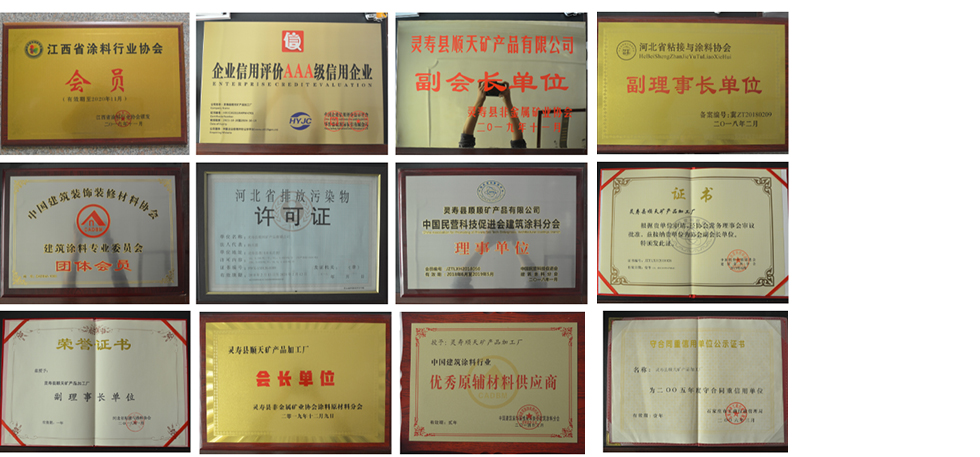
Exploring the Unique Properties and Benefits of Clinoptilolite Zeolite in Various Applications
The Wonders of Clinoptilolite Nature’s Zeolite
Clinoptilolite is a naturally occurring zeolite mineral that has garnered attention for its remarkable properties and diverse applications. This aluminosilicate mineral is predominantly found in volcanic tuff and has been the subject of extensive study due to its unique structure and ability to interact with various substances, including water, nutrients, and pollutants. With a chemical formula approximating (Na,K,Ca)2-3(Al,Si)10O24·9H2O, clinoptilolite showcases a complex lattice structure that allows for the selective absorption of ions and molecules, making it an invaluable resource in several fields.
Geological and Physical Characteristics
Clinoptilolite is characterized by its honeycomb-like framework, which creates a network of micropores. This porous structure imparts a high surface area, estimated at around 800 m²/g, enhancing its capacity for adsorption and ion exchange. The mineral typically appears in shades of white, gray, yellow, or green, and can be identified in sedimentary deposits resulting from volcanic activity. Its stability at varying pH levels and resistance to thermal degradation make clinoptilolite suitable for a wide range of applications, from agriculture to environmental remediation.
Agricultural Benefits
One of the most notable uses of clinoptilolite is in agriculture, where it serves as a soil amendment and fertilizer enhancer. Its ability to retain water and nutrients improves soil structure and promotes healthy plant growth. By absorbing excess moisture, clinoptilolite helps prevent overwatering, reduces leaching of nutrients, and enhances the availability of potassium, calcium, and magnesium. As a result, crops grown with clinoptilolite demonstrate improved yields and resistance to drought conditions.
Moreover, clinoptilolite contributes to sustainable farming practices by reducing the need for chemical fertilizers. Its natural ion-exchange properties allow it to hold and release essential plant nutrients, minimizing environmental pollution and promoting a healthier ecosystem.
Environmental Remediation
clinoptilolite

Clinoptilolite’s exceptional ion-exchange capabilities extend to environmental remediation, particularly in water treatment and soil decontamination. It has been successfully employed to remove heavy metals, ammonium ions, and radionuclides from contaminated water sources. When used in wastewater treatment facilities, clinoptilolite efficiently filters out pollutants, thereby enhancing water quality.
In addition to water purification, clinoptilolite is effective in addressing soil contamination. Its porous structure allows it to absorb harmful substances, thus mitigating the effects of industrial waste and agricultural runoff. As more regions grapple with pollution, clinoptilolite stands out as an eco-friendly and sustainable solution to combat environmental degradation.
Health and Medical Applications
The potential health benefits of clinoptilolite have also sparked interest in the medical community. Some studies suggest that it may be effective in detoxifying the body by adsorbing heavy metals and toxins, thereby promoting overall health. Additionally, its antimicrobial properties make it a candidate for various therapeutic applications, including wound healing and gastrointestinal health.
While more research is needed to fully understand its mechanisms and efficacy, the preliminary findings present a promising landscape for integrating clinoptilolite into health and wellness products.
Conclusion
Clinoptilolite is a multifaceted mineral that showcases nature’s ingenuity. Its unique properties not only contribute to agricultural sustainability and environmental protection but also open new avenues for health and wellness applications. As we continue to explore the capabilities of clinoptilolite, it becomes increasingly clear that this zeolite mineral is poised to play a significant role in addressing some of the pressing challenges faced by our society. Embracing the potential of clinoptilolite could lead to a more sustainable and healthier future, harnessing the power of nature’s resources for the benefit of both people and the planet.
Share
-
Premium Resin Coated Sand - High Heat Resistance CastingNewsJul.31,2025
-
High Quality Silicon Carbide Grit for Abrasive ApplicationsNewsJul.30,2025
-
High-Quality Ceramsite for Plants & Gardening | Lightweight PebblesNewsJul.29,2025
-
Premium Burgundy Glass Marbles for Vases & Shooter GamesNewsJul.29,2025
-
High Purity Quartz Sand for Industrial and Ground ApplicationsNewsJul.29,2025
-
High-Quality Barite Powder for Drilling & Industrial UseNewsJul.29,2025






